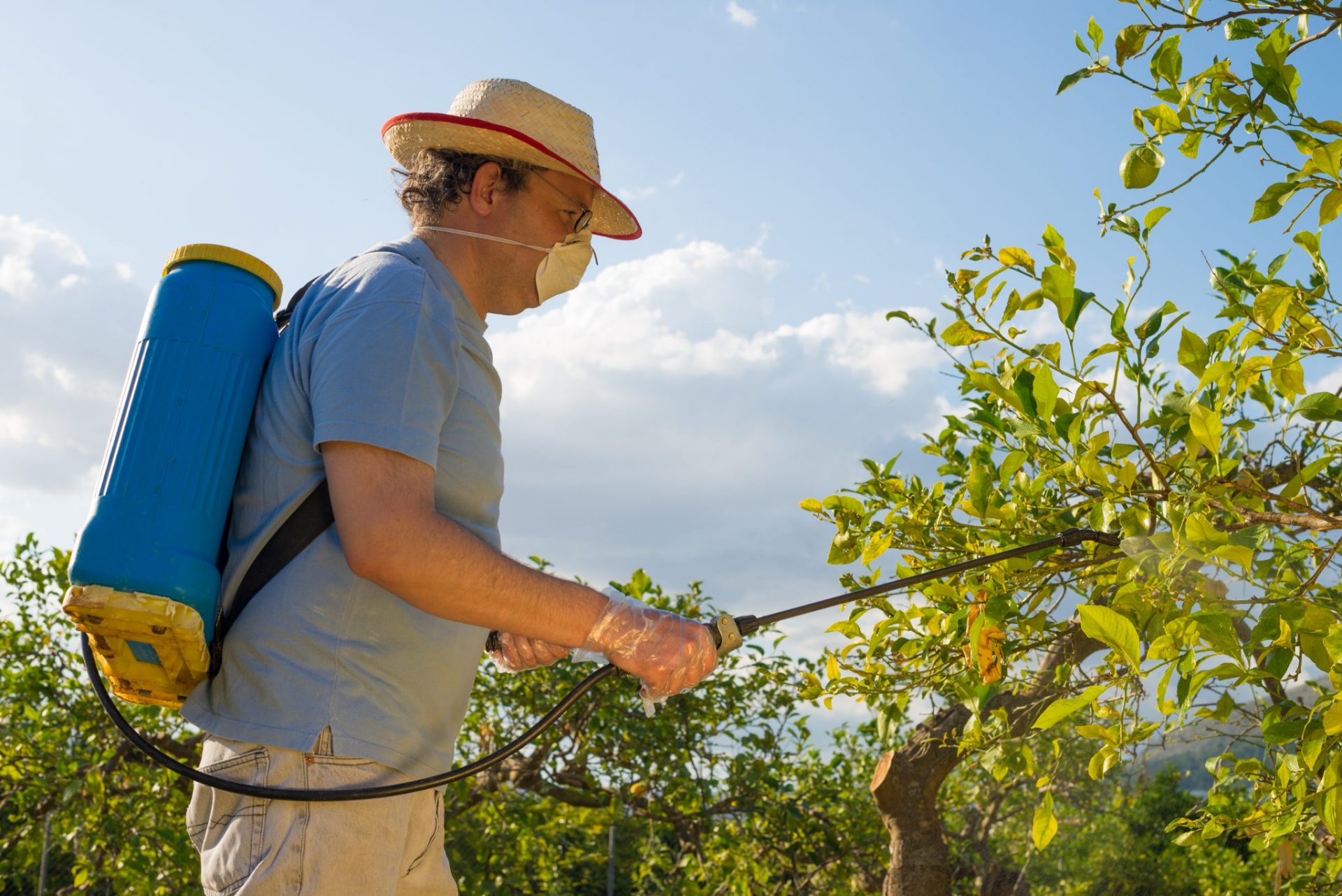(NaturalHealth365) Most people expect to find chlorine in water when they take a dip in the local pool. But, what they don’t realize is that they are soaking themselves in water containing a number of harmful chemicals created by the reaction of chlorine with organic matter.
If you swim in a pool, you should be aware of what is really happening in the water and how to prevent it from causing health problems. For example, breathing problems are all too common for competitive swimmers due to their constant exposure to toxic air and water training environments.
Swimmers beware: How pool chemicals cause health problems
The water in a pool always has small amounts of dirt, leaves and other organic debris in it from the environment. When people get into the pool, sweat, urine, skin cells and other materials from the body are inevitably added to the water.
Then, chlorine reacts with these organic materials and produces chemicals called disinfection byproducts (DBPs). Chloramines are a category of DBP and include trichloramines, which are especially hazardous to a person’s health.
These DBPs are known to cause a number of health issues, including:
• Asthma
• Allergic reactions
• Bladder cancer
• Respiratory illnesses
Understanding the health hazards linked to chemically treated pool water
Human skin inevitably absorbs the materials with which it comes into contact. While the skin will let in small amounts of pool water, it will also pull chemicals out of the water and deposit them into the bloodstream and tissues.
As mentioned earlier, breathing in the air directly over pool water is hazardous to human health. In fact, extending about a foot above the pool water is a zone filled with trichloramines. So, a person floating on an air mattress on top of the pool water is at risk of being exposed to harmful DBPs.
Keep in mind, breathing in trichloramines can irritate the eyes, nose, throat and lungs.
Lowering the health risks associated with pool water
If a person owns a back yard pool, some of the ways that they can prevent these health hazards include:
- Minimize chemicals: Use the minimum amount of pool chemicals necessary to maintain the water.
- Clean the pool frequently: Keep any visible organic materials such as leaves and twigs out of the pool.
- Utraviolet effects: Add an ultraviolet unit, which reduces the production of some of the DBPs into the filtration system.
Of course, individuals can protect themselves from the harmful effects of pool water by reducing the amount of time they spend in the water. Sitting next to the pool instead of floating on an air mattress is also advisable.
The eyes and skin should be rinsed immediately after exposure to pool water. These steps can help with removing DBPs and preventing them from being absorbed excessively into the skin and bloodstream.
Important note: Children and seniors are at higher risk of developing health issues due to the reduced capacity of their immune systems. This is also true of anyone with a disease that involves compromised immune function. These groups should be particularly mindful of minimizing their time in the pool water or consider avoiding it completely.
References:
https://www.spectralightuv.com/pool-byproducts-chloramines
https://www.spectralightuv.com/pool-chemical-debate
https://www.spectralightuv.com/pool-chemical-risks
GMOs & Dangerous Chemicals
Natural Health 365
Natural Health 365 is a premium source of trending and popular health-related news, science, testimony & research articles on the most up to date and relevant natural health information. The articles on GMOs & other Dangerous Chemicals found herein are meant to inform and advise our site visitors on steering clear of foods and other consumer products that contain Genetically Modified Organisms and/or Chemicals that are DANGEROUS to human health.
Join thousands of daily visitors staying informed and involved on Natural Health 365! We seek out scientific solutions with proven results and it is our mission to keep you up to date on the latest information! Articles range in topic from vaccination overviews to linking specific, common vaccines to the development of autism. We also aim to educate the public on the dangers of vaccines and provide in depth analysis of political vaccination bills.
Read Some of Our Most Popular Articles
Consumer Alert: GMO Apples & Potatoes are a Public Health Risk, Roundup Herbicide & GMOs Destroy Your Digestive System, US Senate Votes to Shut Down GMO Labeling Bill, Monsanto Lies Revealed.
GMO & Dangerous Chemicals are two of our major post categories on www.naturalhealth365.com and contain over 90 articles that cover a wide range of subjects; including but not limited to…
GMOs & Dangerous Chemicals
More Articles on GMOs & Toxic Chemicals
In addition to publishing articles concerning the most up-to-date information on GMO Foods, Research, & Toxic Chemicals that have dangerous and unintended consenquences, we also aim to connect healthy lifestyles, non-GMO diets and balanced consumption of dietary supplements to lifelong health and adding happy years to your life.
DID YOU KNOW?
Did you know that Monsanto is one of the most profitable entities on the planet, while the farmers that make them so successful are barely able to feed their families? Or that mono-cropping erodes our top soil so that no vegetables, grains, or fruits will grow in the wake of a mono-cropped field? Perhaps you didn’t know that organized events to protest Monsanto and their signature chemical, Roundup? You can find all of that information and more right here on Natural Health 365.
Join Our Email List
Each day, visitors sign up for our weekly informative news sent directly to their email or RSS feed agregator. We send out three weekly emails keeping you informed and involved on the latest Natural Health News, information about our FREE SHOWS and updates on your favorite topics including Food & Nutrition, Cancer & Heart Disease, Vaccines & Autism, & – of course – GMOs & Dangerous Chemicals!
You can also check out our VIP member area, The Inner Circle, where you get access to thousands of recorded interview (audio/video), pod casts, & literature by some of the worlds foremost experts on Natural Health and Treatments that could save you thousands! Learn how to REVERSE disease without the use of toxic and expensive medications.
Natural Health 365 also is a venue for webinars on various topics, has a flourishing e-commerce store where you can purchase vitamins, pro biotics, supplements and unique products such as Grazing Goat Whey Protein.
Grazing Goat Whey Protein™ is formulated exclusively for the health-conscious consumer looking for the finest whey protein nutritional supplement on the planet.* Best of all, this goat whey protein comes from goats that graze – 365 days per year – on pesticide and chemical free pastures. No hormones, antibiotics or pesticides are used – ever. This product is non-GMO and gluten free.










